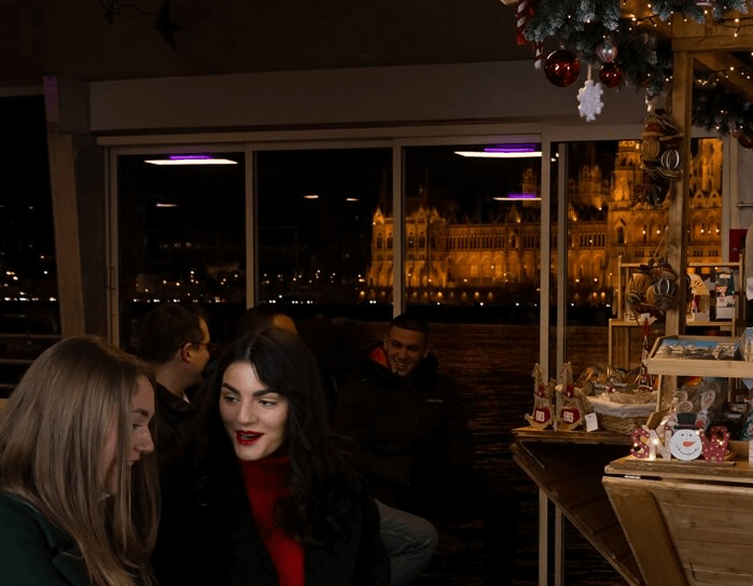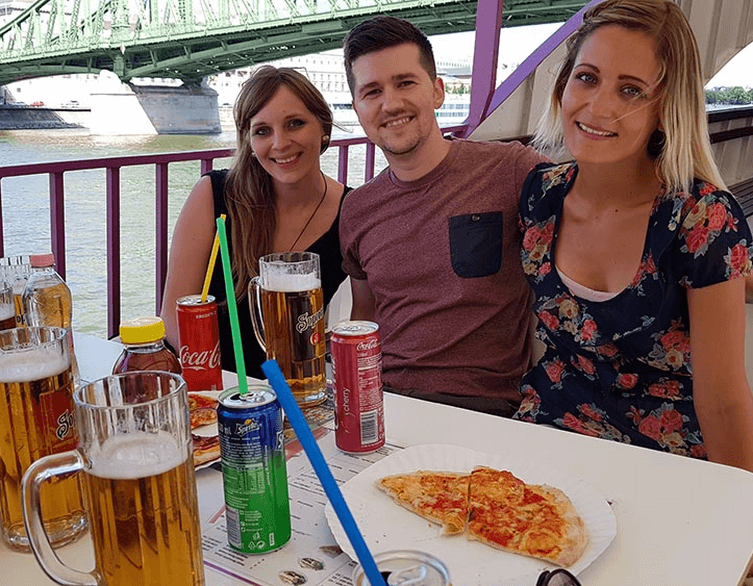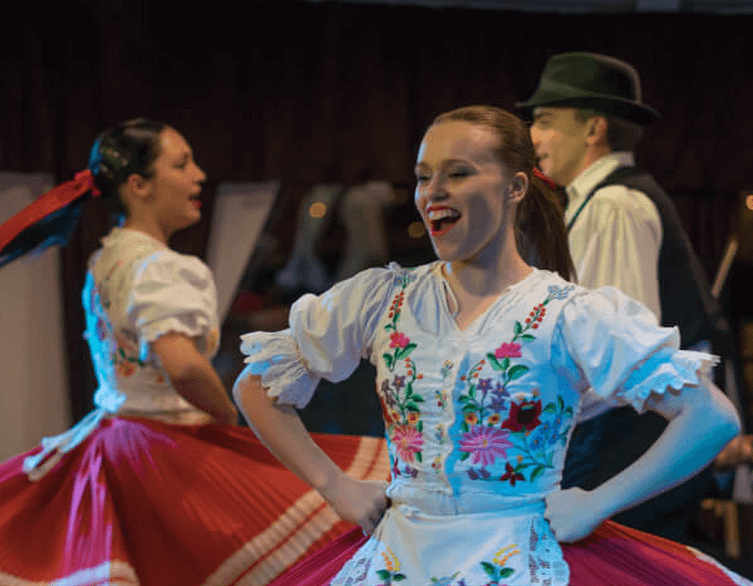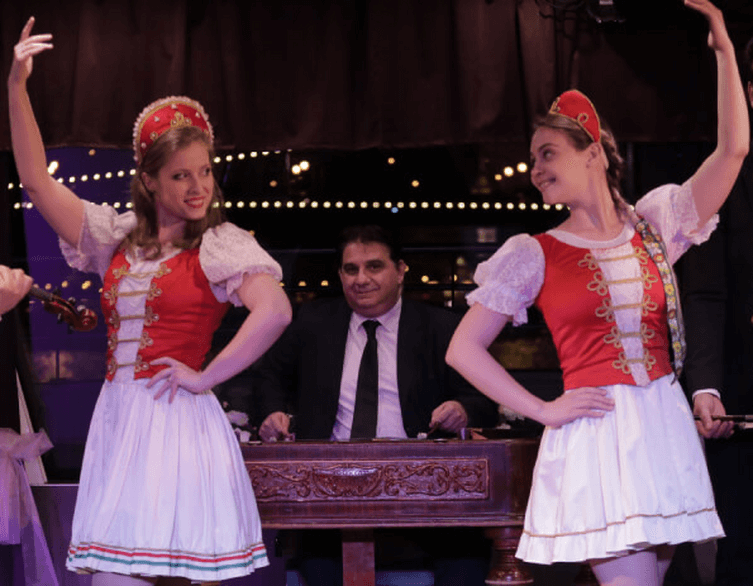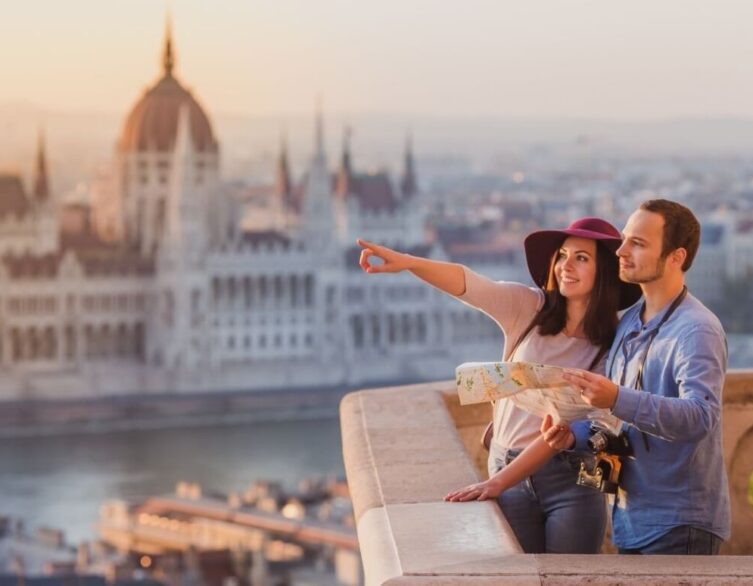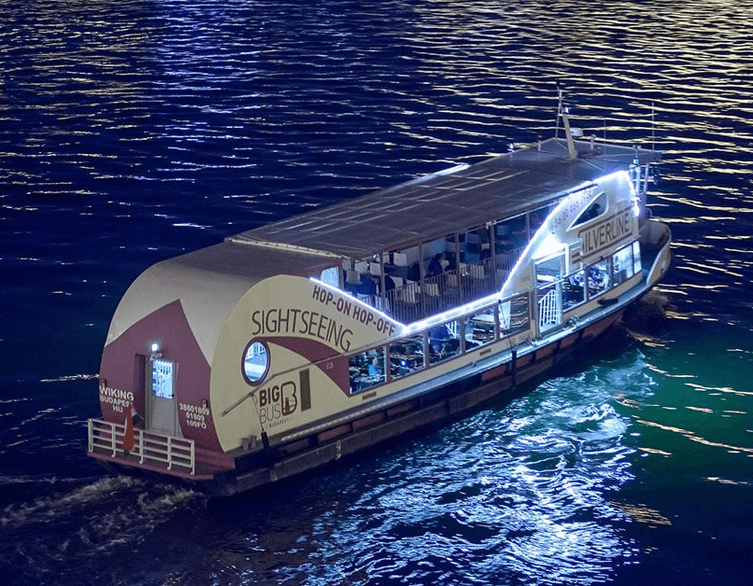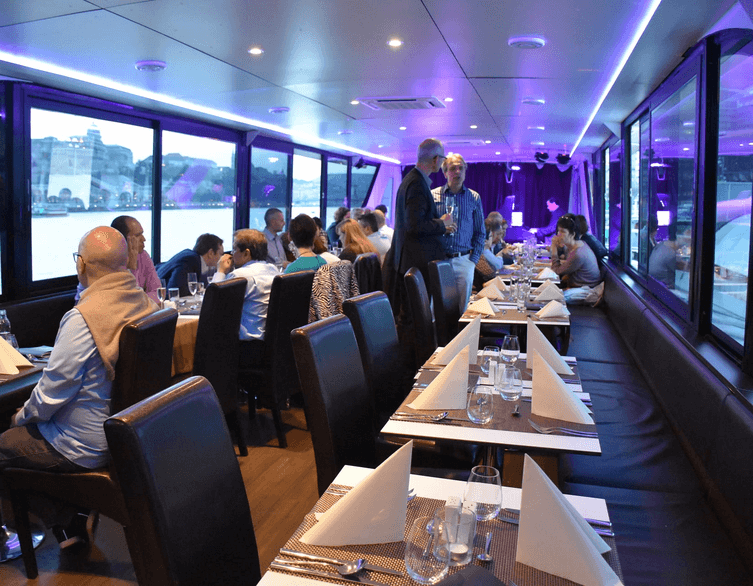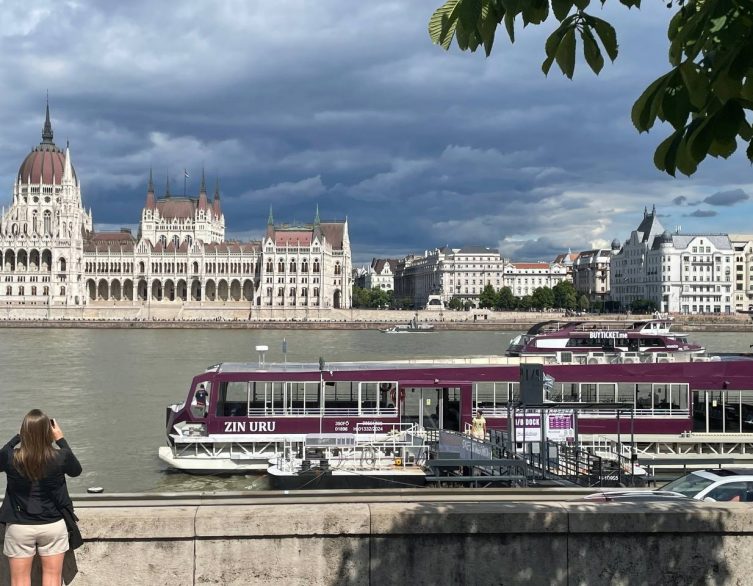Margaret Thatcher and Budapest: The Iron Lady’s Historic Visit and Lasting Tribute
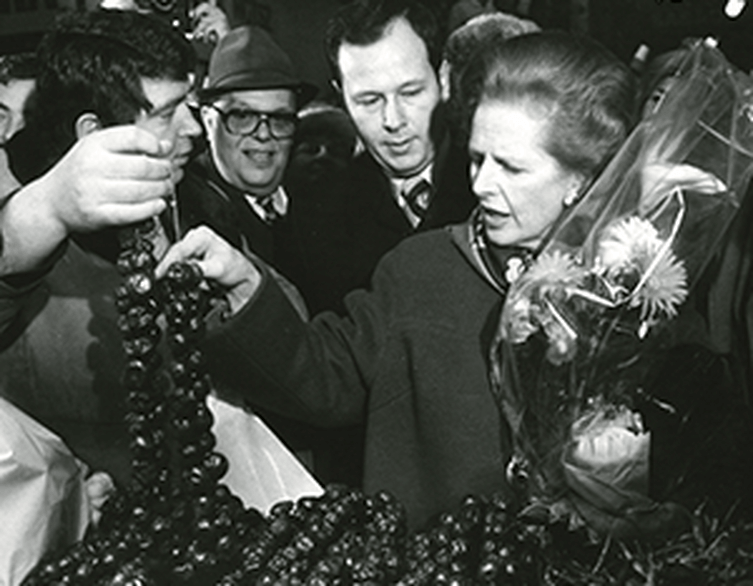
Budapest is a city charged with history, where every corner tells a story of resilience, hope, and transformation. Among its many legendary moments, the visit of Margaret Thatcher in February 1984 stands out as a remarkable chapter that bridged East and West during a fraught era. Now, in 2025, visitors can not only explore the legacy she left but also witness her freshly unveiled memorial at Millenáris Park, a fitting tribute to a leader who once walked these streets and whose presence stirred winds of change.
The 1984 Visit: A Bold Gesture in a Divided World
In the chill of a Hungarian winter, Margaret Thatcher became the first sitting British Prime Minister to visit a communist Eastern Bloc country, arriving in Budapest at the height of the Cold War. Her visit was a diplomatic milestone, symbolizing subtle but significant shifts in East-West relations.
One of the most memorable scenes from the visit occurred in Budapest’s Great Market Hall, where Thatcher strolled among stalls, discovering local specialties like honey, garlic, and paprika. True to her practical nature, she insisted on paying for her purchases from cash handed to her by the British Ambassador, refusing any gifts. In a city still living under the shadows of the Iron Curtain, this simple act was a powerful expression of integrity and respect—a rare human moment amid geopolitical tensions.
Best deals of Budapest
Politics, Conversations, and Historical Undercurrents
Thatcher’s official agenda was intense yet carefully balanced between political meetings and public engagements. The cancellation of a planned private meeting with Hungarian Communist leader János Kádár was a last-minute hiccup, leading to some visible frustration. However, a later rescheduling allowed Thatcher to engage directly with Kádár, discussing serious issues, including the military’s role in the Soviet Union and delicate historic topics such as the fate of Imre Nagy, the martyr of the 1956 revolution.
These conversations were not mere formalities; they reflected Thatcher’s nuanced diplomacy. While known for her hardline stance against communism, she also believed in pragmatic dialogue, recognizing Hungary’s unique reform efforts within the Eastern Bloc. Her visit was a signal of support to reformers and a diplomatic test of a new approach to East-West relations.
A Legacy Beyond the Visit
Thatcher’s 1984 trip did more than make headlines; it laid groundwork for Hungary’s later transition to democracy and market economy. Her advocacy for free-market principles and fiscal discipline influenced Hungarian reformers who sought to dismantle the welfare state and embrace privatization in the years that followed. The visit also inspired cultural and academic exchanges, enabling Hungarian students and intellectuals to access Western knowledge and ideas.
The New Memorial: A Fresh Look at a Historic Figure
This autumn in 2025, Budapest commemorates Thatcher’s enduring influence with a new iron statue unveiled in Millenáris Park, near Kis Rókus Street. Crafted as a tribute on the 100th anniversary of her birth, the sculpture captures the resolute spirit of the “Iron Lady.” For foreign tourists exploring the city, the memorial serves as a poignant reminder of the intersection between global history and local narratives—where diplomacy, ideas, and individual courage converged to shape Budapest’s path.
Visiting Thatcher’s Budapest Today
To truly appreciate the significance of Thatcher’s visit and legacy, a stroll through Budapest’s iconic spots is in order. Start at the Great Market Hall, a lively place where the local flavors Thatcher once embraced still flourish. Then wander towards the Hungarian Parliament Building, a breathtaking symbol of political power and history, near the venue of many significant Cold War discussions.
Stopping by Millenáris Park to see the newly erected statue offers a tangible connection to a transformative era. The park itself blends culture and green space, perfect for reflecting on history while enjoying the modern city vibe.
Anecdotes That Bring History Alive
One can almost picture Thatcher, wrapped in fur against the cold, navigating Budapest’s snowy streets with determined charm. Her interaction with the locals in the market hall, her insistence on paying, and her candid conversations with Hungarian leaders bring warmth and immediacy to what otherwise might seem distant political history.
Her visit also reportedly surprised Hungarian officials with her directness, especially when discussing sensitive topics like the 1956 revolution and Soviet influence, showing a mix of toughness and respect uncharacteristic for diplomacy in that period.
A Journey Through Time and Spirit
For visitors, understanding Thatcher’s Budapest visit isn’t just about politics—it’s about witnessing a city at the crossroads of history, where courage met hope. The memorial and the stories behind it invite travelers to reflect on how international events ripple through local lives and how individuals can help bend the arc of history.
So whether you’re a history buff or curious traveler, visiting Thatcher’s Budapest offers a unique window into a pivotal moment of the Cold War — and now, a chance to honor a legacy newly etched in iron.

